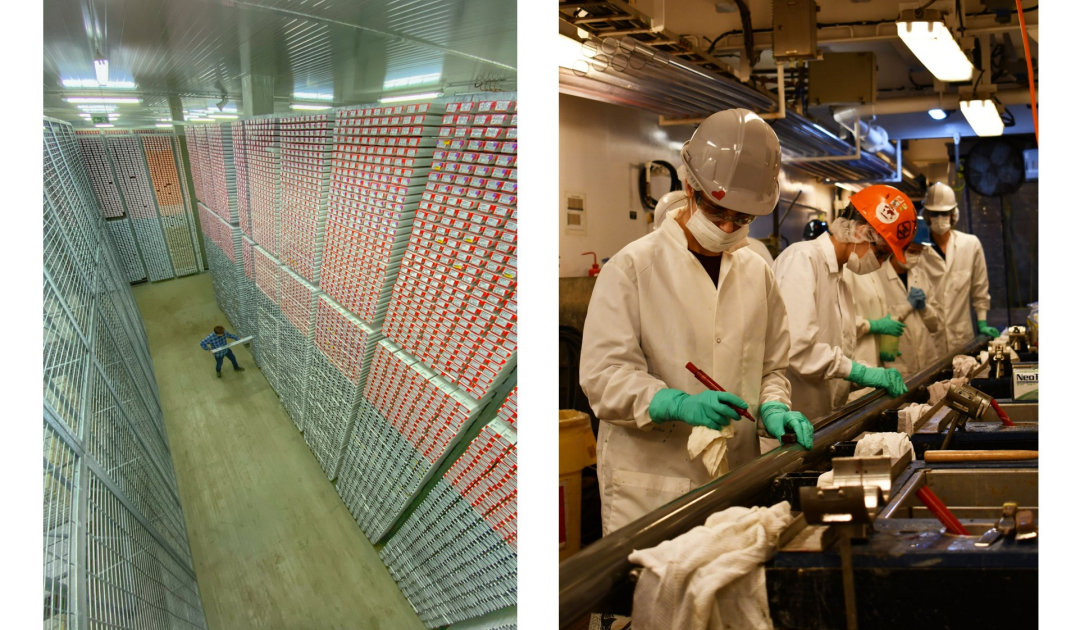
The waters around Antarctica are considered an enormously important carbon sink thanks to phytoplankton. Without these small organisms, the amount of CO2 in the atmosphere would be much higher than it already is. But the question arises whether this has always been the case. An international research team investigated this and studied the fertilization effect of dust input, which has been shown to be the largest driver of production in the Antarctic Ocean. In the process, the team came to a surprising conclusion.
Iron-containing dust carried from the mainland by winds into the ocean had no detectable fertilizing effect on phytoplankton in the Antarctic Ocean during the ice ages, although the amounts of dust had been enormous. However, during the warm periods in between, the amounts of plant plankton were much higher and thus the storage of carbon dioxide by the small plant organisms. This is the result of the investigations of the 38-member research team, which had examined sediment cores from the Scotia Arc under the leadership of Dr. Michael Weber of the University of Bonn. “While there is evidence of a fertilization effect during ice ages in cores outside the Antarctic zone,” explains Dr. Weber, “our study shows that atmospheric CO2 fluctuations do not depend solely on iron fertilization from dust deposition.”


The study was conducted as part of the Integrated Ocean Discovery Program (IODP), which involved German researchers from the University of Bonn and the Alfred Wegener Institute AWI, researchers from the Swiss Oeschger Center for Climate Change Research and ETH Zurich, and scientists from 14 other countries. To obtain the data, the team undertook sediment drilling in the Scotia Arc region between South America and Antarctica, bringing up samples from depths of 3,000 – 4,000 meters. This gave the scientists a unique insight into about 1.5 million years of climate history. By comparison, ice cores from Antarctica currently offer “only” a glimpse into the last 800,000 years. The search for ice cores going back even longer is currently underway.

Using modeling of stratification at the drilling site, chemical and physical analyses, comparison of sediment cores outside Antarctica, and identification of phytoremains in the sediment layers, the research team was able to establish a very accurate sequence of dust inputs and the associated fertilization effect in the area of the Antarctic Ocean. It was found that despite a 5 – 15 times higher dust input, productivity was lower than in the warm periods.
In the Antarctic Ocean, it is rather a complex interplay of a westerly wind system, productivity, and feedback with sea ice.
Dr. Michael Weber, lead author, University of Bonn
As a result, the team believes, there was also less fixation of CO2 by phytoplankton, and other processes such as low current dynamics and better stratification of the ocean were involved in lowering CO2 levels in the glacial atmosphere. “The opposing trends in dust deposition and oceanic productivity during the ice ages and interglacial periods of the Pleistocene are accompanied by long-term, gradual changes in the climate system in the southern polar region” writes the University of Bonn on the topic. And Dr. Weber adds, “In the Antarctic Ocean, it is rather a complex interplay of a westerly wind system, productivity, and feedback with sea ice. This relationship has been consistent over the last 1.5 million years.”
Dr Michael Wenger, PolarJournal
More about this topic





